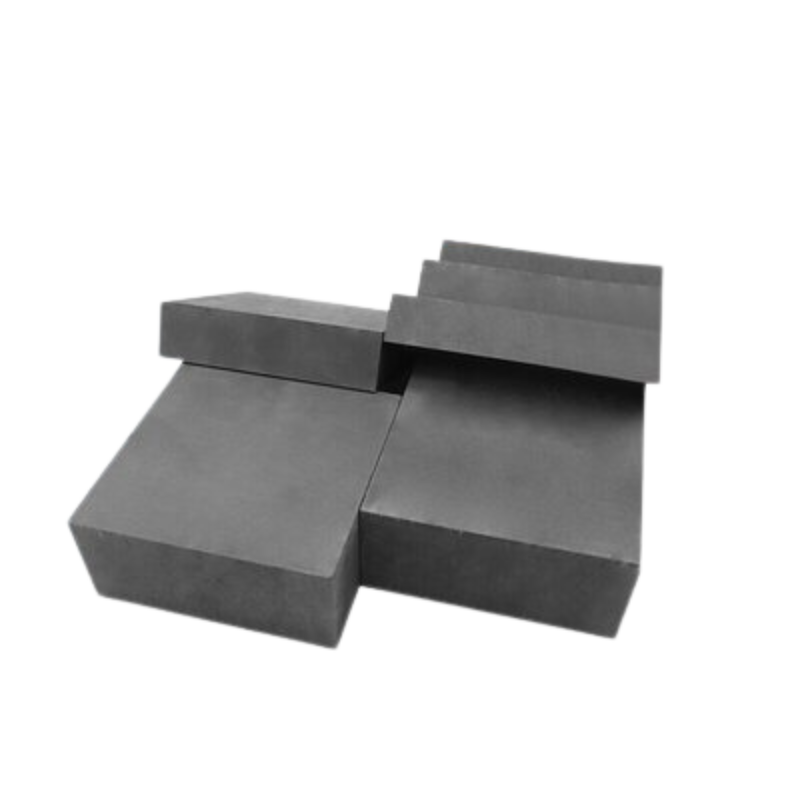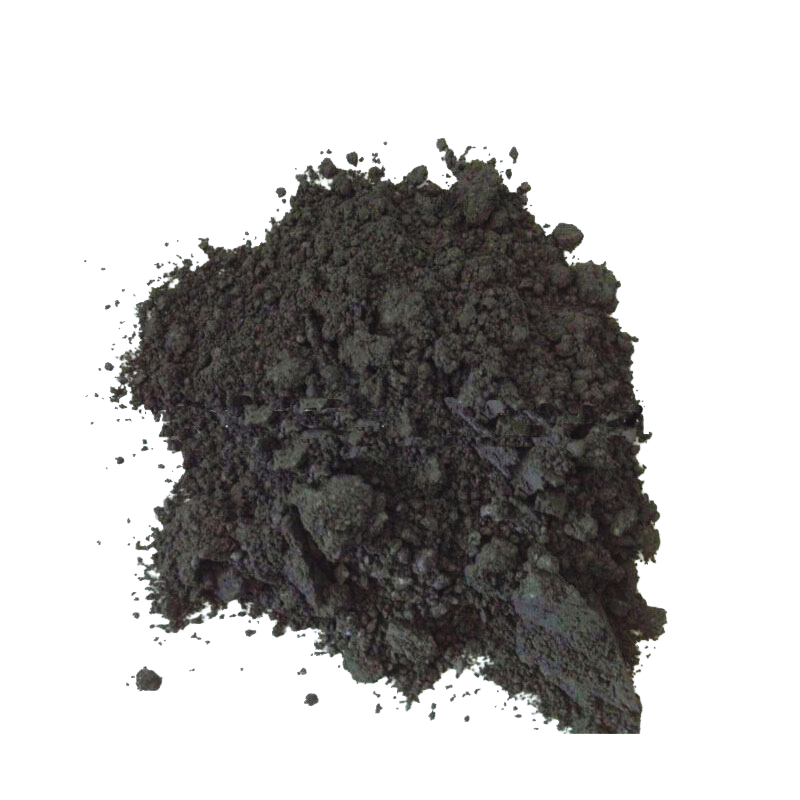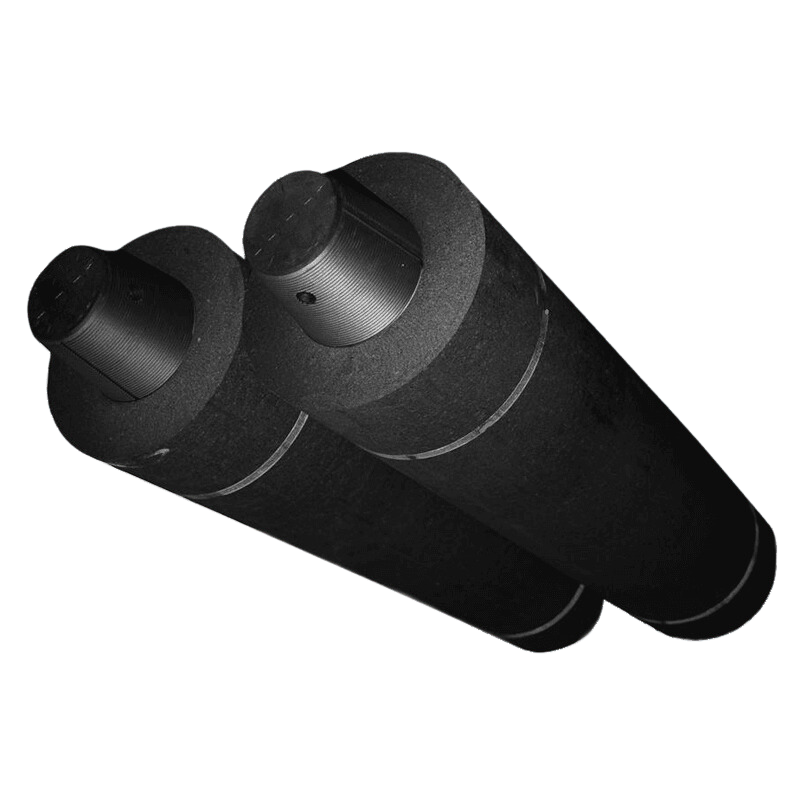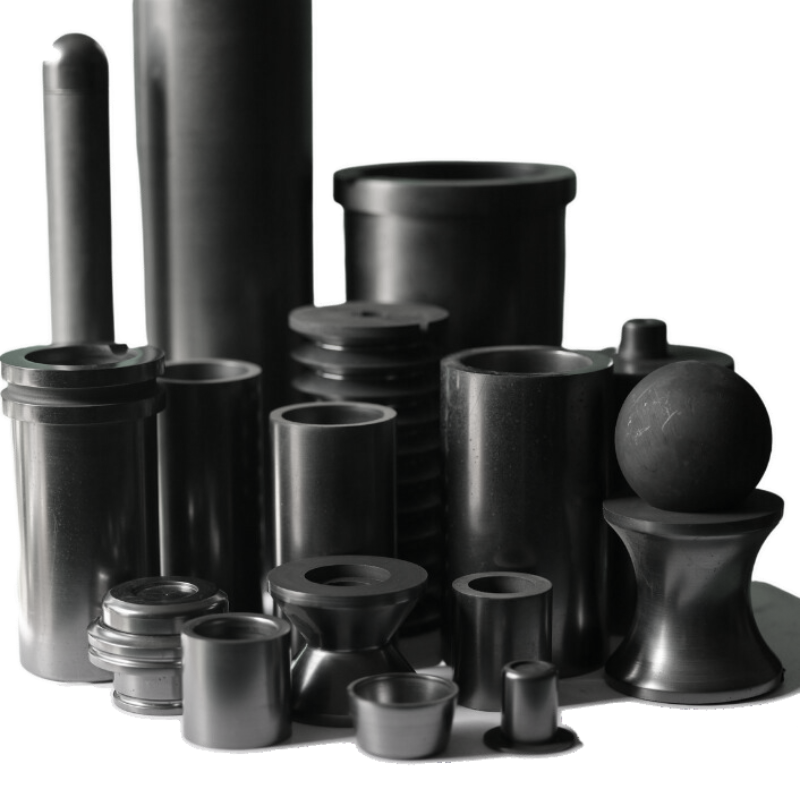Graphite oxidation at high temperatures can be prevented by employing various protective measures. Graphite is generally stable and inert, but it can oxidize in the presence of oxygen at elevated temperatures. Here are some methods to prevent graphite oxidation:
1.Inert Atmosphere: Perform processes involving graphite in an inert atmosphere, such as nitrogen or argon. This helps to minimize the presence of oxygen and, consequently, reduces the likelihood of graphite oxidation.
2.Coating: Apply protective coatings to the graphite surface. These coatings act as a barrier, preventing direct contact between graphite and oxygen. Common coatings include silicon carbide (SiC), boron nitride (BN), or other refractory materials.
3.Vacuum Environment: Conduct processes in a vacuum environment to eliminate the presence of oxygen. Vacuum systems can be effective in preventing oxidation at high temperatures.
4.Oxidation Inhibitors: Introduce oxidation inhibitors to the environment where graphite is used. These inhibitors can react with oxygen and form a protective layer on the graphite surface. Common inhibitors include aluminum oxide (Al2O3) or zirconium oxide (ZrO2).
5.Temperature Control: Limit the temperature to which the graphite is exposed. Oxidation reactions often become more significant at higher temperatures, so controlling the temperature can help minimize the rate of oxidation.
6.Graphite Grade Selection: Choose a graphite grade that is specifically designed for high-temperature applications. Some graphite materials are more resistant to oxidation than others.
7.Sealing and Encapsulation: Seal graphite components or encapsulate them in materials that provide a barrier against oxygen. This is particularly relevant for complex shapes or components with intricate geometry.
8.Avoid Rapid Temperature Changes: Rapid temperature changes can contribute to thermal stress and increase the likelihood of oxidation. Gradual heating and cooling can help mitigate this.
9.Regular Maintenance: Periodically inspect and maintain the equipment to identify any signs of oxidation. This can help address potential issues before they escalate.
It’s important to note that the effectiveness of these methods may depend on the specific application, temperature range, and other environmental factors. Selecting the appropriate combination of protective measures based on the specific requirements of your process is crucial for preventing graphite oxidation at high temperatures.





